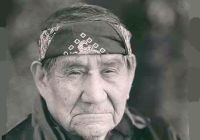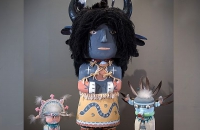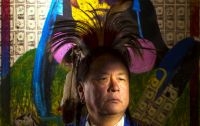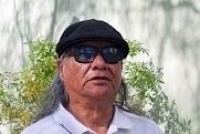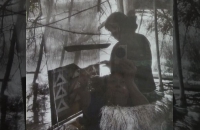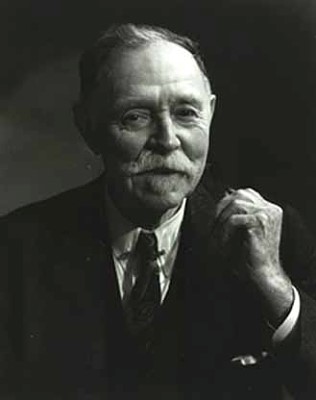
WILLIAM ROBINSON LEIGH
Painter of the American West and writer. Leigh’s love of nature was kindled during his youth in W. Va. Reputedly, he was a direct descendant of Pocahontas, and his interest in Native American life was sparked by his legacy. As a field artist for the American Museum of Natural History, he visited East Africa in 1926 and 1928 and painted wild animals. Leigh also wrote books and short stories.
In 1926 he travelled to Africa at the invitation of Carl Akeley for the American Museum of Natural History, and from this experience wrote and illustrated Frontiers of Enchantment: An Artist's Adventures in Africa. In 1933, he wrote and illustrated The Western Pony. His adventures were chronicled in a number of popular magazines including Life, the Saturday Evening Post, and Colliers. He is known for painting the Grand Canyon and Yellowstone National Park, but his primary interest were the Hopi and Navajo Indians. In 1953 he was elected into the National Academy of Design as an Associate member and became a full Academician in 1955.
In 1906, at the age of 40, William Robinson Leigh boarded a train headed for New Mexico. There he would fulfill his lifelong dream to paint the American West. During the next fifty years, Leigh created hundreds of western paintings. He earned the title of the "Sagebrush Rembrandt" for his meticulous attention to detail, painstaking draftsmanship, skillful rendering of dazzling light, and unorthodox use of vivid color.
Leigh was born in West Virginia. From an early age he longed to be an artist and his youthful works showed promise. When he was fourteen, he attended the Maryland Institute of Art in Baltimore and later enrolled at the Royal Academy of Art in Munich, Germany.
In 1896, Leigh set up his studio in New York City and worked as an illustrator. After his first trip west in 1906, he returned repeatedly to pursue his favorite subjects: cowboys, Indians, outlaws, animals, and hunters. On each trip he sketched hundreds of images, which he would later complete in his New York studio. Honors and accolades marked the last years of his life. Over time, W. R. Leigh, along with Frederic Remington and Charles M. Russell, came to be regarded as one of the three pioneers of American genre painting.
After his death, Leigh's New York studio was given to the Gilcrease Museum in Tulsa, Oklahoma.



